Increased Regulatory Standards
The Deodorization System Market is significantly influenced by the rise in regulatory standards aimed at improving air quality. Governments and environmental agencies are implementing stricter regulations regarding emissions and odor control, compelling industries to adopt effective deodorization solutions. For instance, industries such as food processing, waste management, and manufacturing are facing heightened scrutiny regarding their environmental impact. Compliance with these regulations is not only essential for legal adherence but also for maintaining a positive public image. As a result, companies are increasingly investing in advanced deodorization systems to meet these standards. Market analysis indicates that this trend is likely to continue, with an expected increase in demand for compliant deodorization technologies, thereby propelling the growth of the Deodorization System Market.
Expansion of Industrial Applications
The expansion of industrial applications is a key driver for the Deodorization System Market. Industries such as food and beverage, pharmaceuticals, and waste management are increasingly recognizing the importance of effective odor control. The need for compliance with health and safety regulations, coupled with the desire to enhance operational efficiency, is driving the adoption of advanced deodorization systems. Market data suggests that the industrial segment is projected to account for a substantial share of the overall market, with an anticipated growth rate of around 7% over the next few years. This growth is indicative of the increasing investments in odor management solutions across various sectors, thereby reinforcing the significance of the Deodorization System Market in addressing industrial challenges.
Rising Demand for Clean Air Solutions
The increasing awareness regarding air quality and its impact on health appears to drive the Deodorization System Market. As urbanization accelerates, the need for effective deodorization systems in residential and commercial spaces intensifies. According to recent data, the market for air purification and deodorization systems is projected to grow at a compound annual growth rate of approximately 7% over the next five years. This growth is likely fueled by consumers seeking cleaner environments, particularly in densely populated areas. Consequently, manufacturers are innovating to meet this demand, leading to a surge in product offerings that cater to various applications, including industrial, commercial, and residential sectors. The emphasis on clean air solutions is expected to remain a pivotal factor influencing the Deodorization System Market.
Technological Innovations in Deodorization
Technological advancements play a crucial role in shaping the Deodorization System Market. Innovations such as advanced filtration systems, catalytic converters, and biofiltration techniques are emerging as effective solutions for odor removal. The integration of smart technologies, including IoT-enabled devices, allows for real-time monitoring and control of deodorization systems, enhancing their efficiency. Market data suggests that the adoption of these technologies is likely to increase, with a projected market growth rate of around 8% annually. This trend indicates a shift towards more sophisticated and efficient deodorization solutions, catering to both consumer preferences and regulatory standards. As technology continues to evolve, the Deodorization System Market is expected to witness significant transformations, leading to improved product performance and customer satisfaction.
Consumer Preference for Eco-Friendly Products
The growing consumer preference for eco-friendly and sustainable products is reshaping the Deodorization System Market. As environmental consciousness rises, consumers are increasingly seeking deodorization solutions that are not only effective but also environmentally friendly. This shift is prompting manufacturers to develop products that utilize natural ingredients and sustainable practices. Market Research Future indicates that the demand for eco-friendly deodorization systems is expected to grow at a rate of approximately 6% annually. This trend reflects a broader movement towards sustainability, where consumers are willing to invest in products that align with their values. Consequently, the Deodorization System Market is likely to see a proliferation of green technologies and solutions that cater to this evolving consumer demand.


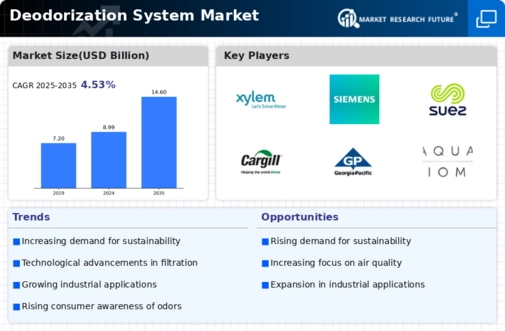


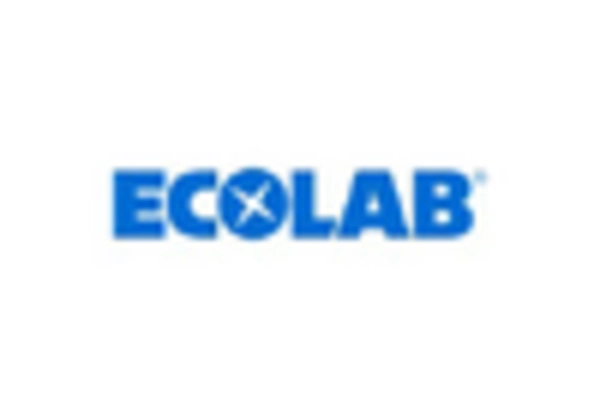

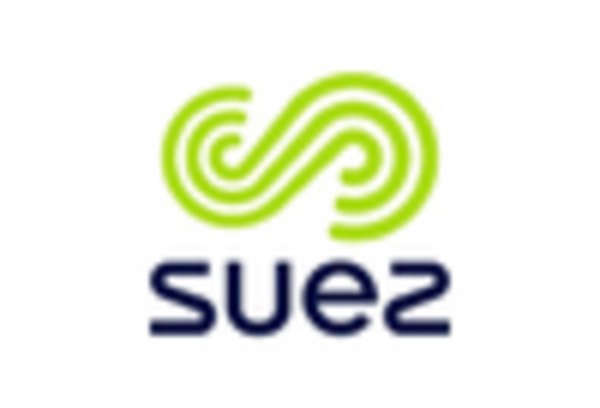
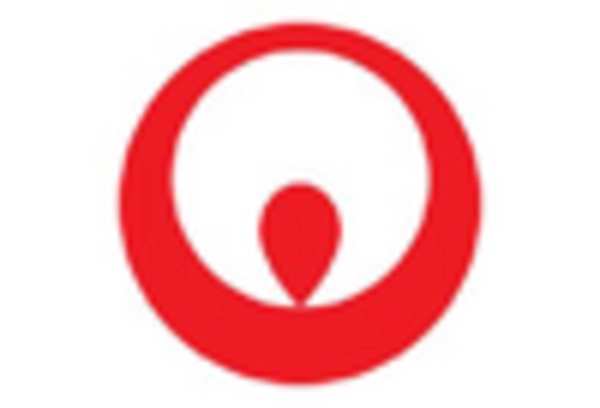
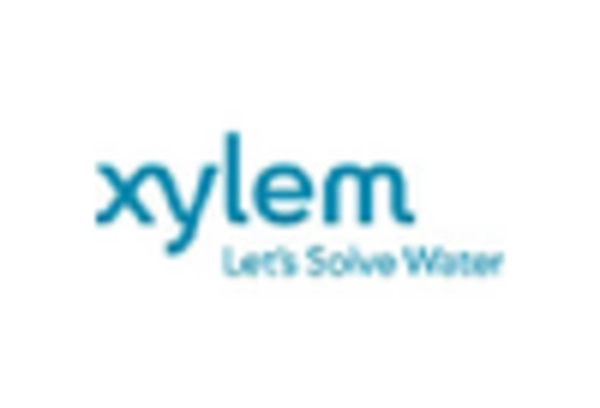








Leave a Comment